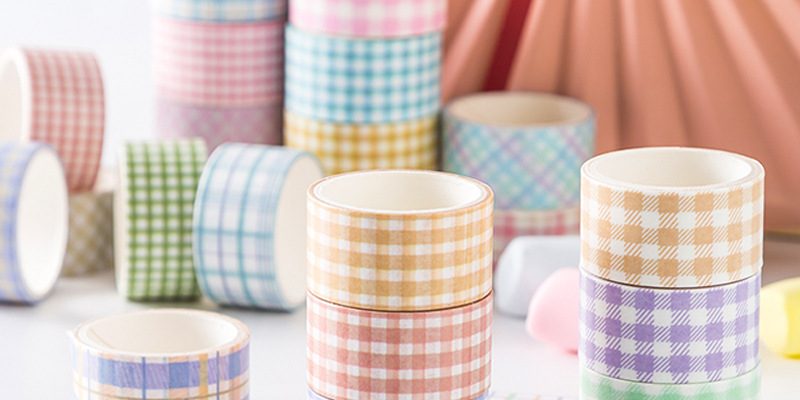Behind the seemingly simple act of sealing packages with BOPP tape lies a fascinating realm of adhesive science. This blog post delves into the intricate chemistry and mechanics that contribute to BOPP tape’s remarkable adhesive performance and its impact on packaging.
Adhesive Composition: BOPP tape’s adhesive is often acrylic-based, a formulation carefully designed to balance cohesion and adhesion. Acrylic adhesives offer a strong bond and excellent resistance to environmental factors.
Viscoelastic Behavior: BOPP tape’s adhesive exhibits viscoelastic behavior, which means it has both viscous and elastic properties. This allows the adhesive to absorb stress and shocks while maintaining its bonding integrity.
Pressure-Sensitive Adhesion: BOPP tape’s adhesive relies on pressure-sensitive adhesion. When pressure is applied during tape application, the adhesive forms an immediate bond with the substrate, eliminating the need for heat or solvents.
Surface Wetting: The adhesive’s low surface tension promotes wetting, allowing it to spread across the substrate’s surface. This intimate contact enhances the adhesive’s ability to grip various materials effectively.
Temperature Resistance: BOPP tape’s adhesive is formulated to resist temperature fluctuations. This property ensures that the tape’s adhesive performance remains consistent across a wide range of temperatures.
Cohesive and Adhesive Failure: Balancing cohesive and adhesive strength is critical. Cohesive failure occurs when the adhesive itself separates, while adhesive failure involves detachment from the substrate. Achieving the right balance ensures optimal tape performance.
In essence, the science of BOPP tape’s adhesive performance involves intricate interplay between adhesive chemistry, viscoelastic behavior, surface interactions, and temperature resistance. This combination of factors is the foundation of BOPP tape’s reliability in securely sealing packages and ensuring their safe journey.
























